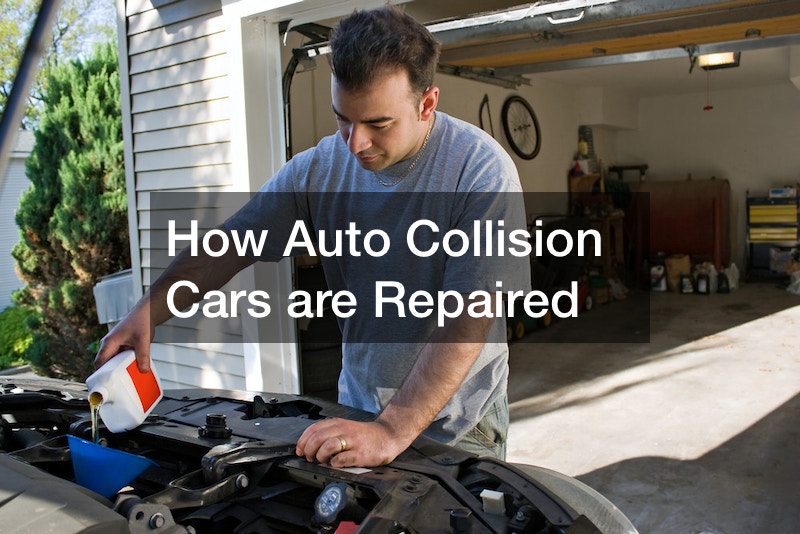
After an accident, a thorough assessment is conducted to determine the extent of damage to the vehicle. It involves inspecting both visible and hidden damage and assessing the structural integrity. Auto collision repairs involve meticulously restoring vehicles to their pre-accident condition, ensuring safety and aesthetic appeal. Advanced diagnostic tools and technology are often used to pinpoint the damage accurately.
- The damaged parts are disassembled to access the underlying damage, which might not be immediately visible. Structural repairs are a critical phase, where technicians use specialized equipment to carefully align and reshape the frame and body components to factory specifications.
- In cases of severe damage, panels might need to be replaced entirely. Precise paint matching ensures that new panels blend seamlessly with the existing ones.
- Repaired or replaced panels undergo a meticulous painting and refinishing process. It involves sanding, priming, and applying multiple layers of paint to achieve a flawless finish. Modern paint booths ensure a controlled environment for optimal paint application and curing.
- All components are meticulously assembled once the painting is complete. Thorough quality control checks ensure that repairs meet industry standards and safety regulations.
The repaired vehicle undergoes comprehensive testing to ensure all systems, including safety features, function correctly. A final inspection helps confirm the vehicle’s appearance and performance are restored to their pre-accident state. A professional auto collision detailing process adds the finishing touch, ensuring that the vehicle leaves the repair facility in pristine condition inside and out.
.

